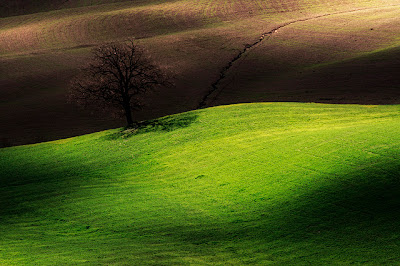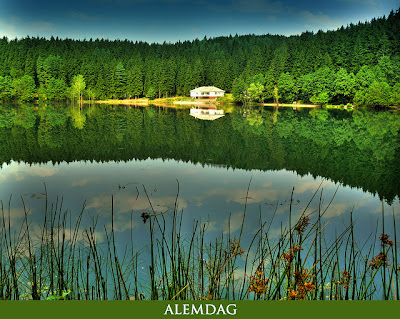One important factor determining the quantity and quality of light on a given scene is the nature of the location. Altitude, pollution, presence of tall building and other structures, level of humidity, etc all play a role in light quality. Even during the same time of a day the light quality in a city will be entirely different from that on a country side village.
 |
| Photo By Carlotardani |
Effects of Locational Elements on Light
First and foremost factor is the pollution level present or absent on location. If the level of pollution is high then there will be a yellowing or rather browning effect felt to the atmosphere. If the pollution level is low you will get clear images with more blue rather than yellow.
Skyscrapers and similar structures not only block light but also reflect light in some strange angles, drastically altering the quality of light, you now have light coming from several different sources with varying intensity and color temperature; instead of one single source.
Sea and lake shores present a different lighting situation. Firstly the water body acts as giant reflectors, reflecting back sunlight in many directions, secondly the moisture content or humidity levels will be much higher, the water particles present in the air will scatter light.
 |
| Photo By Alemdag |
Another major factor affecting light quality is “Altitude”. Even if located within the same geographical area, location with varying altitudes will have different light qualities. The quality of light available in the valleys will be much different from the quality of light available on the mountains. Light at higher altitudes (on mountain tops) often called “Alpine Light” in photographic terms, will be direct. So it will be harsh and unforgiving, there won’t be many things out there to reflect light, and it will have a blue tint to it and stronger presence of ultraviolet rays. It is when photographing on the mountains that your UV filter performs any real function. But when it comes to the light quality on valleys, light travels more through the atmosphere and as a result UV content and blue tones gets filtered out, there will be reflected light from various structures, both manmade and natural. The air will have more moisture content which will scatter the light etc.
So a better understanding of how location affects the quality of light could be very helpful in improving your photographic skills. Next time you are out there shooting, observe and study the location closely and find out how different elements are affecting the light quality and gradually you will see a definite improvement in your location photography.
So a better understanding of how location affects the quality of light could be very helpful in improving your photographic skills. Next time you are out there shooting, observe and study the location closely and find out how different elements are affecting the light quality and gradually you will see a definite improvement in your location photography.
In the next article we will discuss about Photography - Types of Light - Available Light - Candles, Oil Lamps and Flames